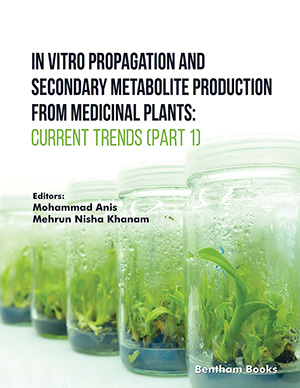Abstract
SHS investigation development is considered from the geographical and historical viewpoint. 3 stages are described. Within Stage 1 the work was carried out in the Department of the Institute of Chemical Physics in Chernogolovka where the scientific discovery had been made. At Stage 2 the interest to SHS arose in different cities and towns of the former USSR. Within Stage 3 SHS entered the international scene. Now SHS processes and products are being studied in more than 50 countries.
Abstract
Over the past few years, there has been a tremendous global shift of
preference toward herbal medicine because of its affordability, accessibility, efficacy,
and lesser side effects. The pharmacological and healing properties of the herbs are due
to the presence of a wide array of secondary metabolites. These metabolites are
biosynthesized through defined pathways and stored in various parts of the plant, like
leaf, root, rhizome, bark, and floral parts. In recent years due to the growing realization
of the pharmaceutical properties of medicinal plants, they have been subjected to
indiscriminate exploitation. Further, the lack of agrotechnology in many cases and the
nonavailability of broad genetic diversity provide impediments to their largescale
cultivation and improvement. This situation has created a huge gap between the
demand and supply of medicinal plants all over the world. Hence, rapidly propagating
high valued medicinal plants through unconventional technologies is warranted and
will provide high dividends to farmers and the herbal industry. Further, generating
large-scale healthy, genetically uniform plants with defined chemical content will
facilitate pre-clinical and translational studies. Therefore, efforts in the development of
robust in vitro propagation systems for herbal plants can address the core concern of
their conservation and large-scale utilization. Studies on cell suspension, hairy root
culture, and genetic transformation have provided the desired impetus in metabolic
engineering and enhanced their commercial value. The present article highlights some
of these developments and provides a futuristic perspective on the subject.
Keywords:
Cell suspension culture, Hairy root culture, Herbal medicine, Medicinal plants, Metabolic engineering, Micropropagation, Secondary metabolites.
We recommend

Authors:Bentham Science Books






